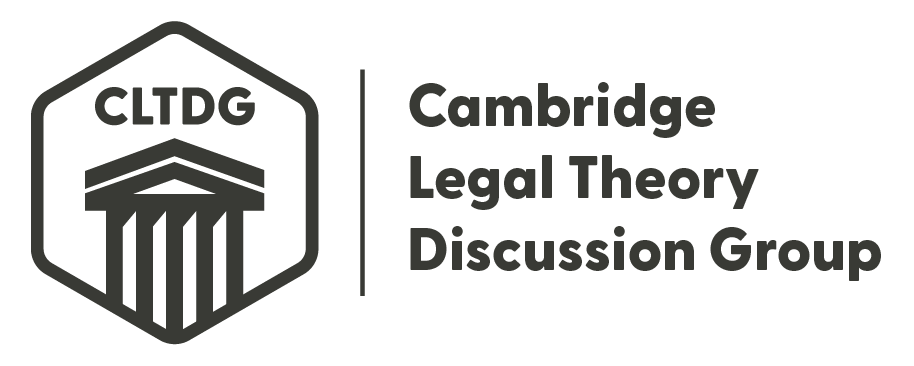 Speaker: Emmanouil Bougiakiotis
Speaker: Emmanouil Bougiakiotis
Emotional harm is and has always been subservient in the eyes of the law compared to physical harm. Yet, the evolution of medical science is increasingly casting doubt on these double standards. Using imaging technology, we now know that the infliction of emotional harm can cause change in our bodies just as much as physical harm can. And both scientific studies and plain common sense confirm that severe emotional harm can have a much more dire impact on an individual than a trivial physical harm such as a scratch.
However, courts and scholars remain hesitant about equating the legal treatment of physical and emotional harm. Depending on the specific field of law, various justifications have been offered to maintain the different treatment of physical and emotional harm. Yet, these justifications are usually based on practical considerations, such as evidentiary difficulties, and they account for each specific field only, despite the breadth of this different treatment of physical and emotional harm across various areas of law. Such justifications are on shaky ground given the scientific advancements that allow us to overcome practical difficulties. Beyond that, however, they miss an opportunity to provide a more complete account of the different treatment of physical and emotional harm that explains its breadth across diverse areas of law and defends it on principle rather than on practical grounds, which seems more fitting given its foundational nature.
This article surveys the treatment of physical and emotional harms across torts law, criminal law, and human rights law, as well as the various justifications in jurisprudence and scholarship in support of it. Although these justifications are lacking, this article offers a new account that justifies the different legal treatment of physical and emotional harm regardless of the specific legal area in which it operates. Borrowing from externalities theory and specifically the Coase theorem, this paper shows that there is a reciprocity between the status of the person inflicting the harm (physical or emotional) and the person suffering from it. The justification of their different treatment is not related to the nature of the two harms or the relationship between the two parties, but on the default-exception relationship when it comes to evaluating this symmetrical relationship from a moral perspective. Inflicting physical harm is usually immoral, which justifies setting the default in the legal system against the imposition of such harms and allowing for exceptions. To the contrary, inflicting emotionally harm is usually morally ambiguous, if not just, and regulating emotional harm in specific circumstances, thus inverting the default-exceptions regulation of physical harm, is justified.
Everyone is welcome to attend. Sessions are pre-read.
You can find the links to the paper and the meeting below.
The paper: http://bit.ly/3Q1iTlH
The meeting link: https://bit.ly/42vYaOl
CLTDG Convenors: Anna Peters, Diego Romero, Michael Gold, Even Y. Chao, Wouter Wegkamp, Matthew Parish
You can follow us on Twitter: https://bit.ly/cambridgeltdg or check out our web-page: https://bit.ly/cltdgweb

 Facebook
Facebook  X/Twitter
X/Twitter  Instagram
Instagram  YouTube
YouTube  Flickr
Flickr  LinkedIn
LinkedIn